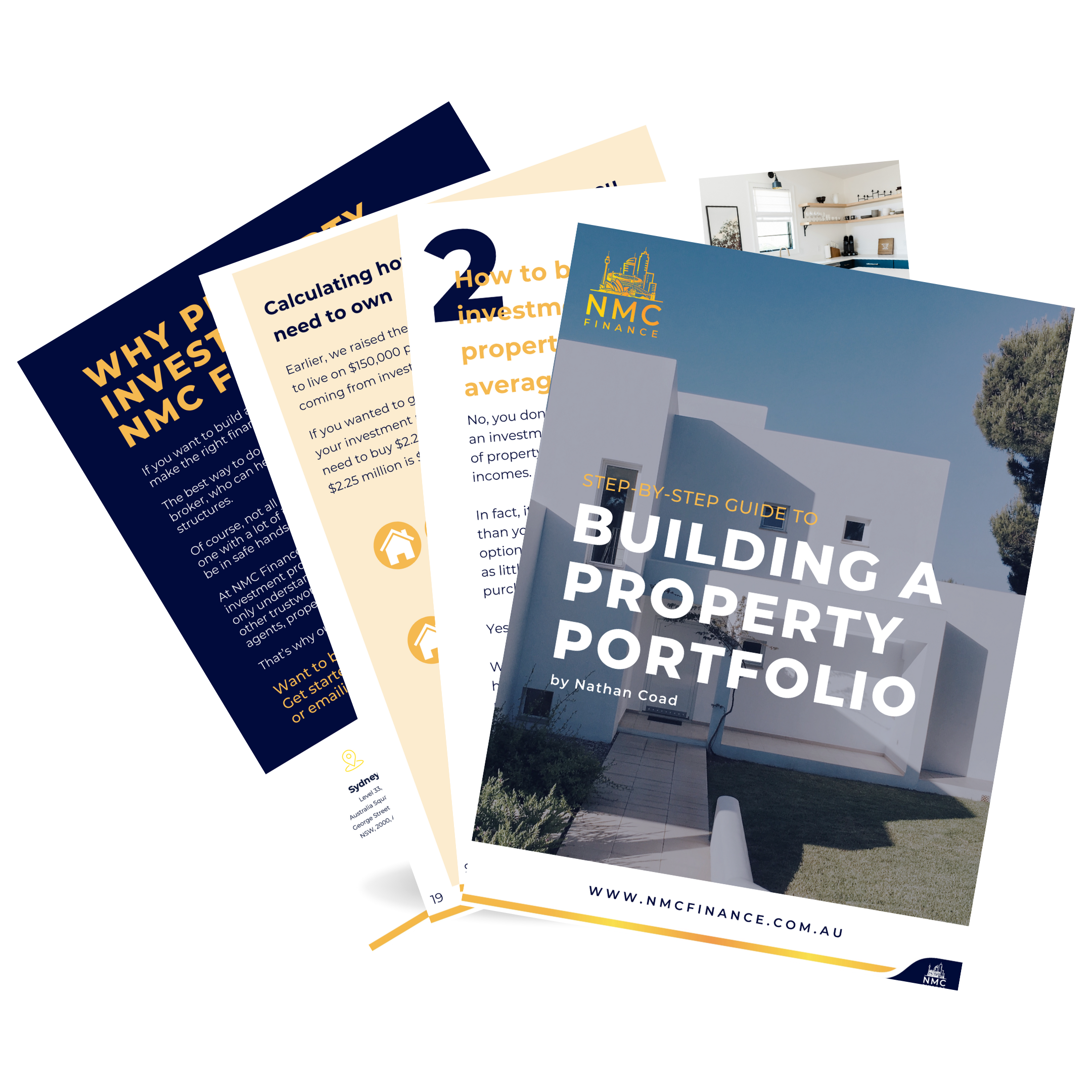In a recent move, the Reserve Bank of Australia (RBA) has opted to increase interest rates once more, pushing the cash rate to 4.35% as of November 2023, impacting Aussie businesses.
This decision has set off ripples across the financial landscape, with conversations predominantly revolving around its impact on homeowners. Yet, what often gets overlooked is how these shifts in rates resonate deeply with business owners alike.
Interest rates hold a pivotal sway over economic dynamics, significantly influencing consumer spending, investment strategies, and the overall health of businesses.
The recent surge has sparked concerns among entrepreneurs and enterprises, highlighting the intricate web of consequences that extend beyond mortgage holders.
For business owners, rate fluctuations pack a punch, impacting everything from borrowing costs to consumer behaviour. But what exactly occurs when interest rates start climbing?
Cost of Borrowing for Aussie Businesses
The immediate effect of climbing interest? It’s the surge in borrowing costs. Businesses, be it for expansion, capital investments, or daily operations, often rely on borrowing to fuel their growth.
With rising interest rates, the expense of servicing existing debt skyrockets. This hike makes managing financial obligations more costly for businesses.
Entrepreneurs might find themselves rethinking their borrowing strategies, potentially shaking up expansion plans or necessitating budget adjustments.
Impact on Investment
Elevated interest rates can sway investment decisions. As borrowing costs surge, businesses might reassess their capital expenditures.
Projects once seen as financially viable could lose allure due to the heightened expenses tied to borrowing funds.
This shift might slow down investments and potentially impede innovation and growth initiatives within businesses.
Consumer Behaviour
The influence of rising interest rates isn’t confined to businesses; it significantly alters consumer behaviour. Heightened interest rates hike up borrowing costs for individuals, impacting their purchasing prowess.
For businesses relying on consumer spending, especially in sectors like retail or real estate, a drop in consumer spending directly chips away at revenues and profit margins.
Navigating Strategies for Aussie Businesses
Faced with rising interest rates, businesses often pivot through strategic adjustments.
Some may eye refinancing existing debt at fixed rates to shield against future risks. Others might prioritise streamlining operational efficiency to counterbalance climbing borrowing costs.
Here are strategies for aspiring entrepreneurs and existing business owners who are already feeling the heat:
- Market research: Grasp the business landscape, consumer behaviour, and anticipate interest rate impacts.
- Solid business plan: Embrace market research, risk analysis, funding strategies, and scalability plans.
- Trimming expenses: Cut unnecessary costs without harming essential business aspects.
- Boost cash flow: Offer incentives for early payments or renegotiate terms with suppliers.
- Tech innovation: Leverage technology for operational efficiency and cost reduction.
- Refinance existing loans: Refinancing high-rate loans to fixed-rate or more favourable terms can make repayments more manageable.
- Financial navigation: Focus on reducing high-interest debts to minimise rate rise impact.
Rising interest rates unleash a maze of challenges for business owners, demanding adaptability and proactive decision-making.
Though these changes carry immediate financial implications, they’re part of the economic cycle.
Smart financial planning, a sharp grasp of market dynamics, and nimble decision-making are the linchpins to steering through the ever-shifting landscape shaped by fluctuating interest rates. Ultimately, while rising interest rates pose challenges, they also offer businesses a chance to reassess financial structures, refine strategies, and fortify against future uncertainties.
* This blog is intended for general informational purposes only. For personalised advice tailored to your unique financial situation, please contact NMC Finance.

